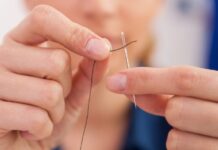When buying turnips, people often see sellers only selling the root and cutting off the leaves. That is probably because of the habit of valuing the root over the leaves. But many people do not know that turnip leaves are very nutritious. In 100 grams of turnip leaves, there are estimated to be 150-350mg of calcium. This calcium content exceeds that of milk and soybeans, as well as boxed cow’s milk of many brands sold on the market.
Not only that, turnip leaves also contain a lot of fiber, vitamins, and minerals such as vitamin K, which is good for bone formation and the digestive system. The high beta-carotene content in turnip leaves can be converted into beneficial vitamin A for the skin and vision when consumed in large quantities.
Turnip leaves also have a resin component that is good for soothing the intestines, treating constipation, and helping with urinary and blood pressure regulation. Using turnip leaves can also help relieve coughs.
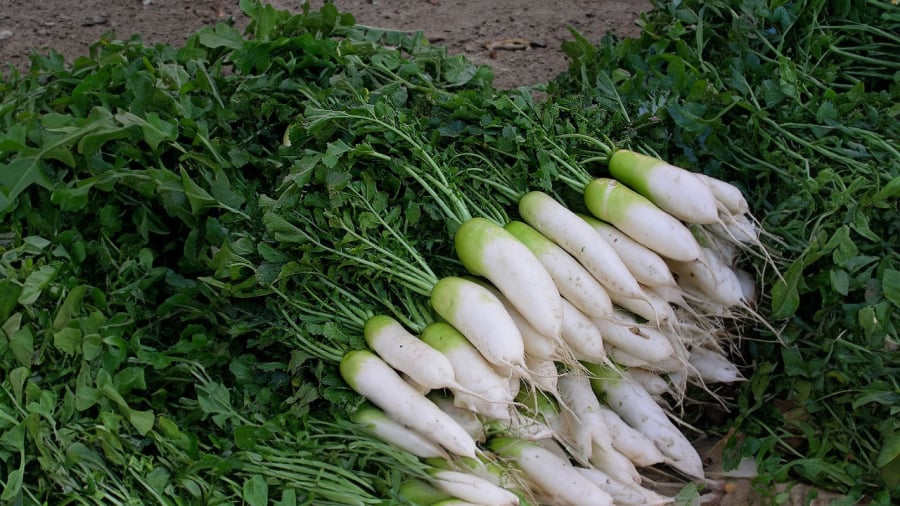
Turnip leaves can be dried for storage during the winter. Dried turnip leaves can be used to treat bloating, abdominal pain, and indigestion. Each time, use about 20-30g of dried turnip leaves, cut them into pieces, then simmer them with boiling water for about 15 minutes and drink them as tea.
Therefore, instead of throwing away turnip leaves, you should make use of them in delicious dishes. The habit of discarding turnip leaves may be because we often value the root. So during transportation, many people remove the leaves to make it lighter and easier to transport. However, when you buy turnips with leaves or grow them at home, remember not to discard the leaves and waste them. Let’s prepare turnip leaves as food and medicine with many health benefits:
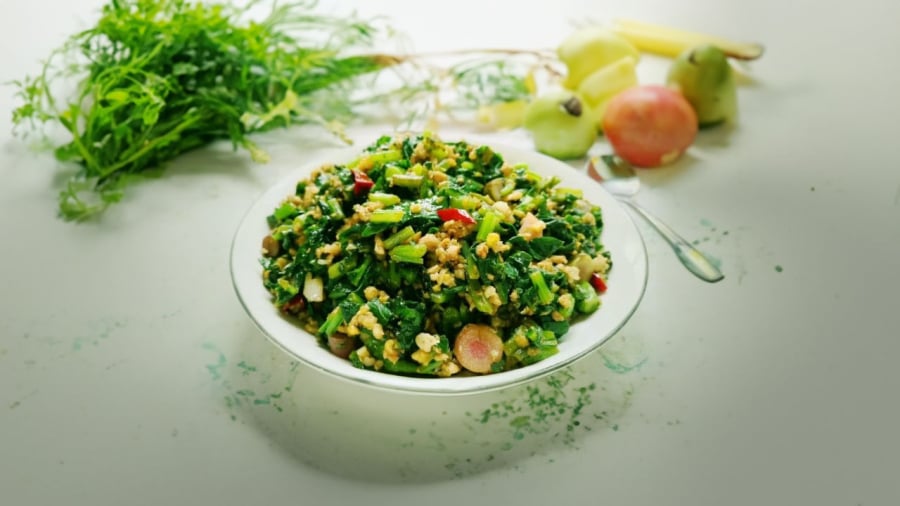
Stir-fried Minced Meat with Turnip Leaves
Ingredients: 1 handful of young turnip leaves; 100g minced meat; garlic, ginger, chili, soy sauce, oyster sauce, spices…
Instructions:
Step 1: Pick the turnip leaves, remove the yellow leaves, keep the small turnips, then rinse them. Then soak the turnip leaves in diluted saltwater for 10 minutes, then rinse them with clean water.
Step 2: Boil some water in a pot, add a little salt to blanch the turnip leaves to reduce bitterness. Scoop them out and drain them, then cut them into small sections.
Step 3: Sauté the minced meat with garlic and ginger, then add the turnip leaves. Then add some soy sauce, oyster sauce, and the right amount of spices to marinate the ingredients. This way, you will have a delicious stir-fried dish with minced meat and vegetables.
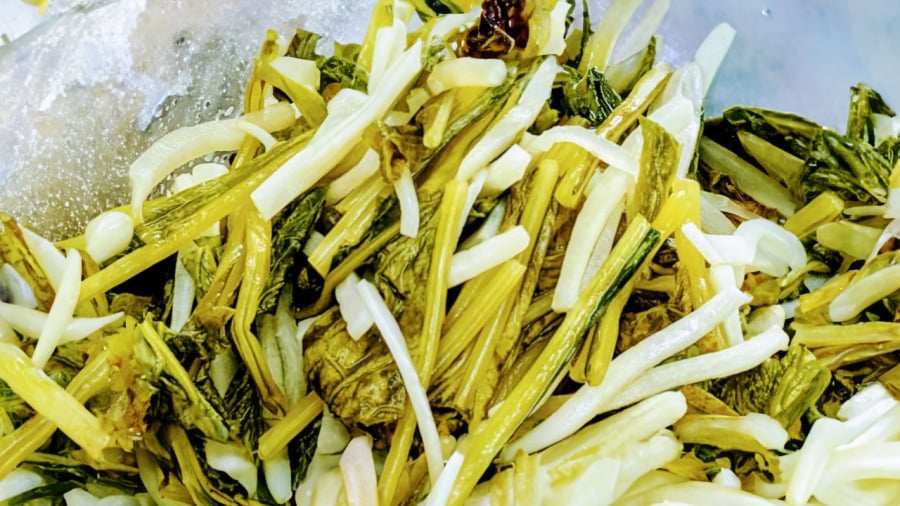
Pickled Turnip Leaves
Ingredients: 1 bunch of turnip leaves (preferably with small turnips); chili, shallots, vinegar, sugar or ready-made sour water…
Instructions:
Wash and peel the turnip roots, slice them thinly, about 2mm thick. Sun-dry both the leaves and turnip roots until wilting. Then rinse them and cut them into bite-sized pieces. Slice the shallots into corresponding sections.
Boil water and let it cool with rock salt and a little sugar at a ratio of 1 liter of water to 2 tablespoons of salt and 1 tablespoon of sugar. Stir until dissolved, strain if necessary. Then put the turnip leaves and roots in a glass or ceramic jar. Pour enough water to cover the vegetables, place in a cool place, and wait for 3-4 days for the pickles to be ready to eat.
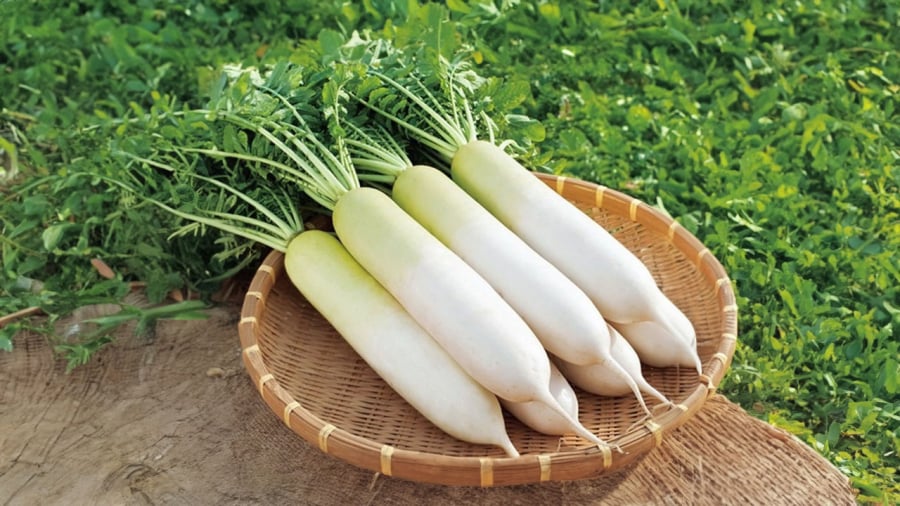
Turnip Leaf and Beef Porridge
Ingredients: Beef, turnip leaves, ginger, black pepper, salt, rice…
Instructions:
Step 1: Rinse the beef and mince it, add salt and black pepper to marinate the minced meat. Rinse the turnip leaves and ginger, then cut them into pieces.
Step 2: Cook the rice in a pot, when it has expanded, add the minced beef and stir evenly, simmer over low heat for 20 minutes. Then add the turnip leaves, add the right amount of spices, and cook until the vegetables are tender. This warm porridge is very good for your health on cold days.
Turnip leaves, like many vegetables in the cabbage family, should be limited for people with thyroid problems because they can worsen the condition. Turnips are also rich in oxalic acid, so they are not good for people with kidney stones. When stir-frying, you can blanch them in boiling water to reduce the oxalic acid content.

























